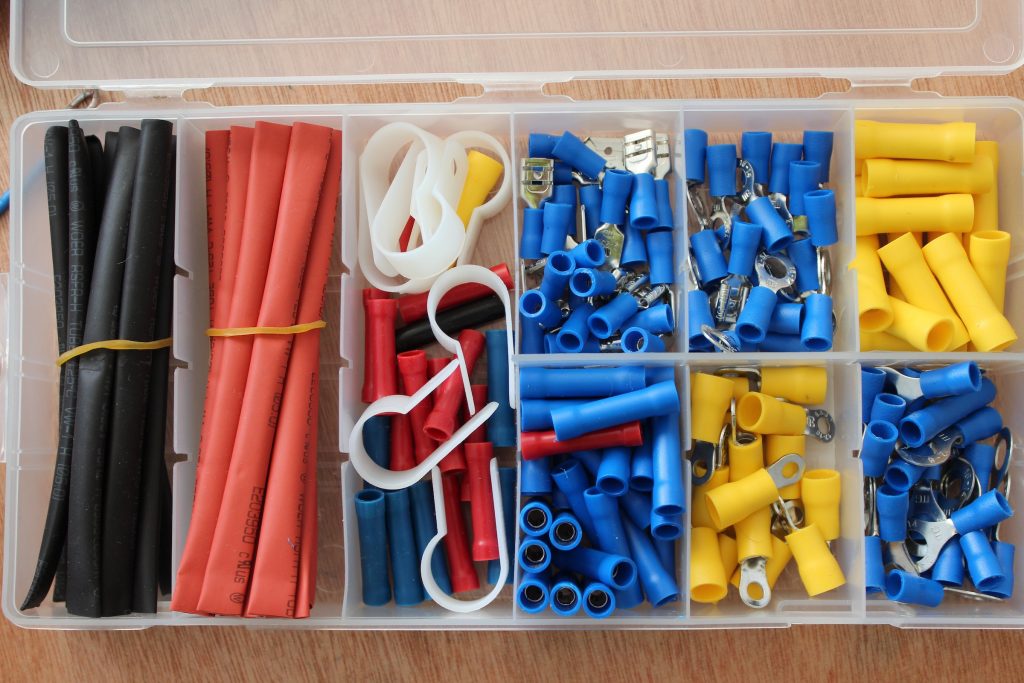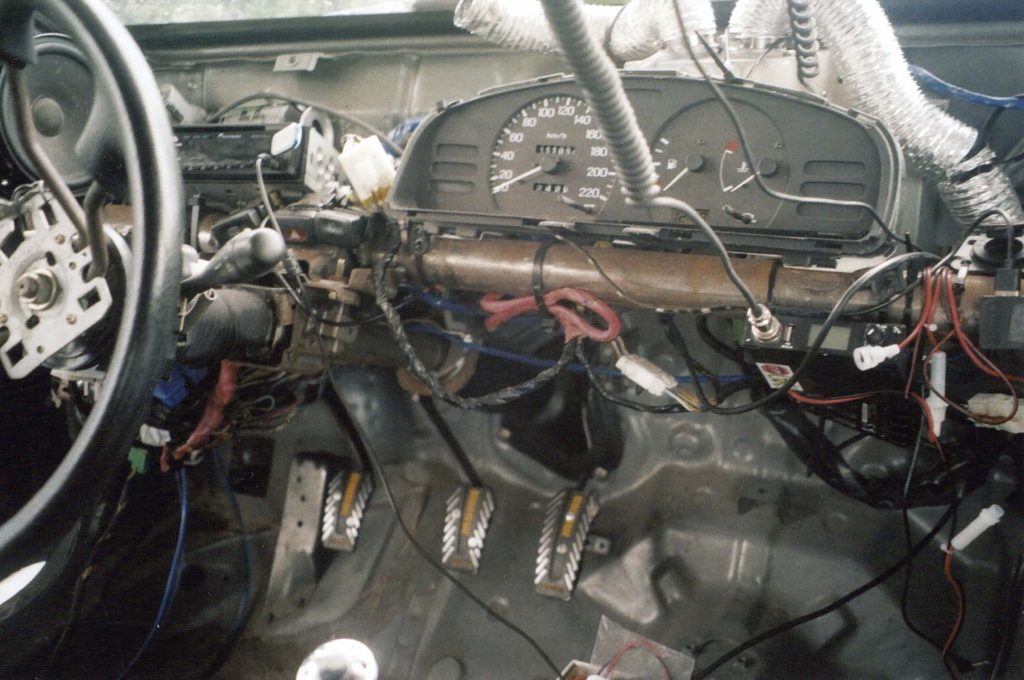One of the most common problems we classic car types are likely to face will be an electrical fault caused by corrosion, water, loose connections, poor earthing or just plain old age and deterioration.
Any car that’s been around for a few years may have problems lurking and for some, the electrics weren’t great when they were new. The electrical systems of a modern classic may be more sophisticated but they are still prone to sudden bouts of things not working, worn switchgear or dim headlights. Some electrical problems can just be downright annoying but others can leave you stranded by the side of the road, with your car in an illegal state or worse still, cause a fire, so ignorance isn’t necessarily bliss.

So what can be done? Take some time to check the wiring as you might mechanical parts of the car during routine maintenance. Although it would be ideal to be one, being a classic car owner doesn’t mean having to be an electrical expert, and with a basic understanding of electrics and a decent wiring diagram, most things can usually be figured out given time.
A multimeter is an essential part of the toolkit, some light gauge leads with insulated crocodile clips are useful for testing, some reels of wire of various ratings, a box of assorted heat shrink and a heat gun, soldering iron, wire strippers and a crimping tool or two are some of the basic must-haves. A box of generic spade and bullet connectors are useful to have on hand in the workshop too.

In some ways, much older cars are easier to deal with than later ones. British cars of the 1950s and 1960s will very likely have bullet connectors with black rubber insulated connector sleeves and these were once difficult to find new. Now, those, and much of the original early electrical stuff is now remanufactured and available from specialist classic car suppliers like Holden Vintage & Classic, Auto Electrical Spares, Autosparks and several others.
Some of the connectors for later cars can be slightly more tricky. Mk1 & 2 Ford Escort lovers will find grey moulded multi-pin connectors in parts of the harnesses. Most of these are no longer made, although Mk1 Motorsport is now advertising headlight looms with the authentic moulded connectors.
Finding the best option for a specific make of car is easy enough by spending time on the Internet. Some of the best served are the earlier pre-war and post-war British cars, and also American cars for which there is a well-served market in the States supplying internationally, with some UK sources too. For modern classics, parts will often still be available from mainstream suppliers.
When troubleshooting an electrical system the most obvious things to look for are corroded loom connectors or earthing eyes bolted onto the bodywork. If the connectors are in good physical shape the contacts can be gently cleaned using either fine wire wool, cotton buds, Solvol Autosol or all three, then reassembled using some electrical contact spray. Bear in mind future use though and whether the car is for dry or all-weather use.

When inspecting connectors, look out for dried-up, cracked insulation or the dreaded black wire. This is where the wire has corroded up inside the plastic insulation and may well be in the same condition inside a crimped connector as well. In that case, it’ll need replacing (or at least the end section will). If there’s any sign of burning on any of the wiring, it was likely caused by a short circuit and harness sheathing should be removed to check whether insulation has melted on the wiring further up. It goes without saying, any wiring showing signs of overheating should be replaced.
If the original harness is intact, replacement sections or whole looms can be bought, or made with a bit of patience. Cotton braid sheathing is available for older cars but not necessarily in authentic colours, whereas for many older cars like Land Rover, Austin Seven, or MG for example, authentic remanufactured looms are available off the shelf.
In the 1970s, harnesses were often bound by PVC harness tape and it’s remained available to this day in black or grey. The important point with this stuff is that it’s not sticky like electrical tape, but quite elastic. It relies on being stretched tight as it’s wound in a spiral along the harness being made up. Once the old tape is cut away, the original wiring underneath can be absolutely fine and re-wrapping it can make a harness look factory fresh.
Finally, don’t forget more generic parts of the wiring like braided earth straps and starter cables which may have taken a beating over the years. These are available either made-up for a specific car or can be made up from separate components.
Read more
Socket Set: Get to know your car and it won’t let you down
8 tools to up your DIY game
Elbow Grease: Perfect paint, PPF, and cleaning vinyl trim









